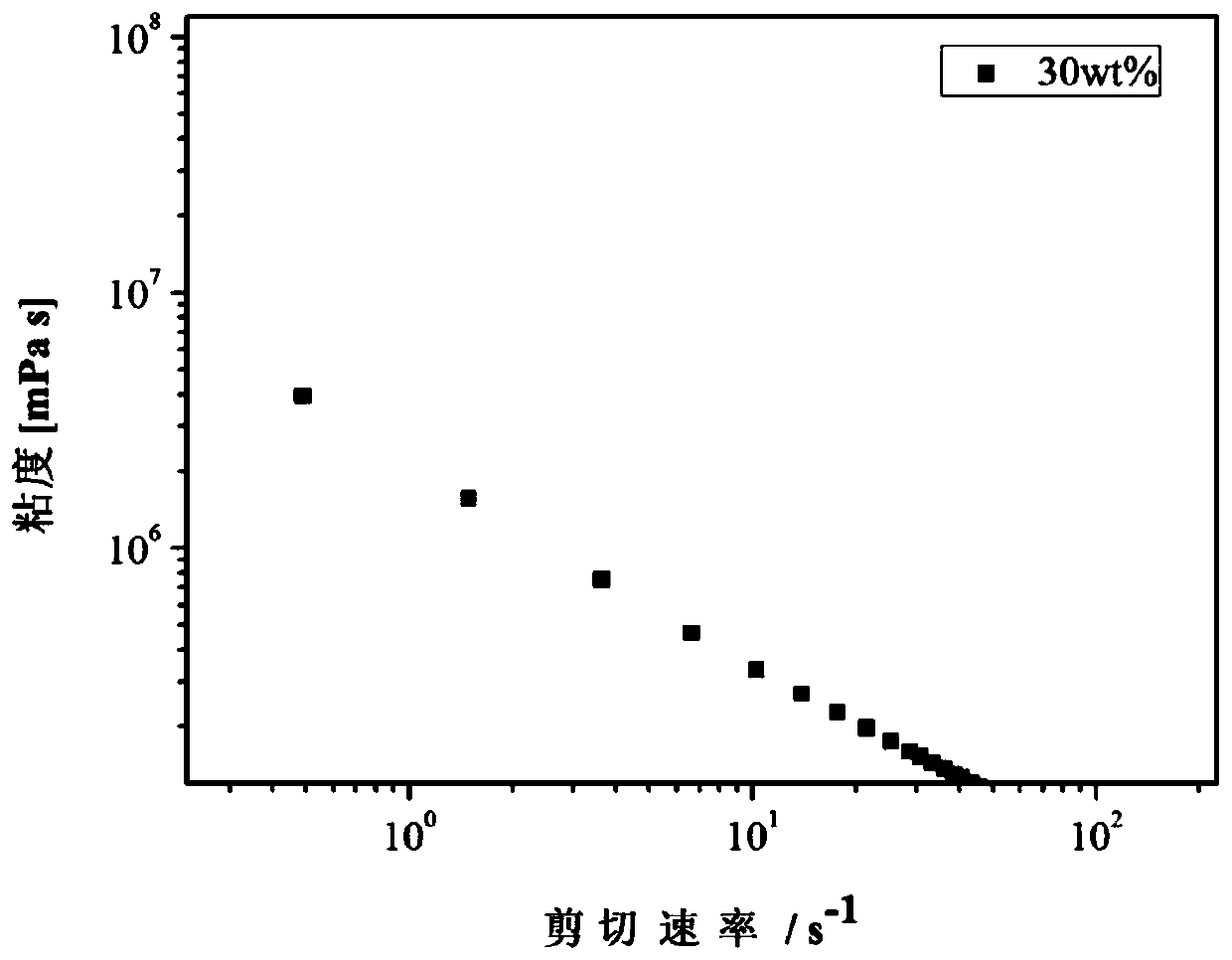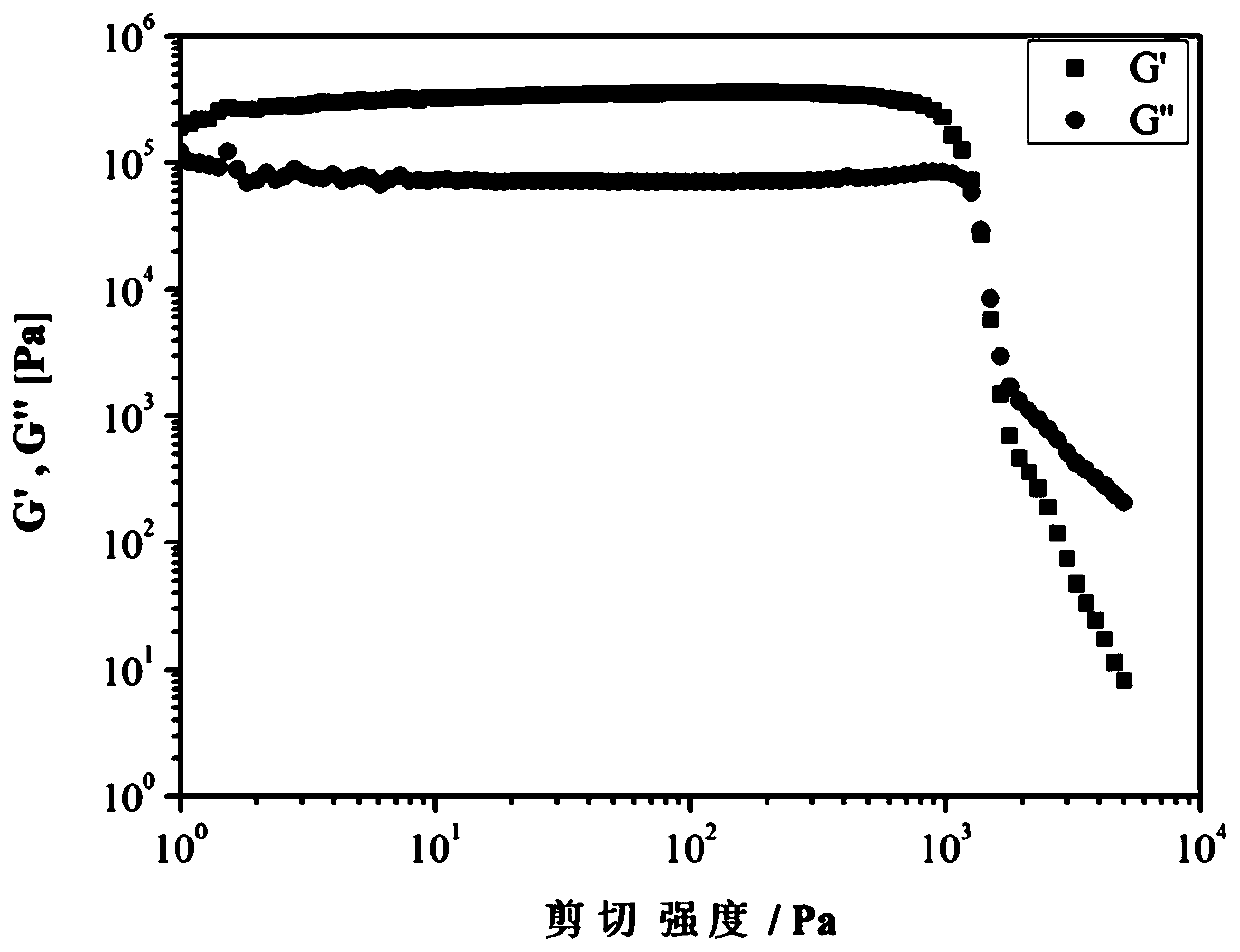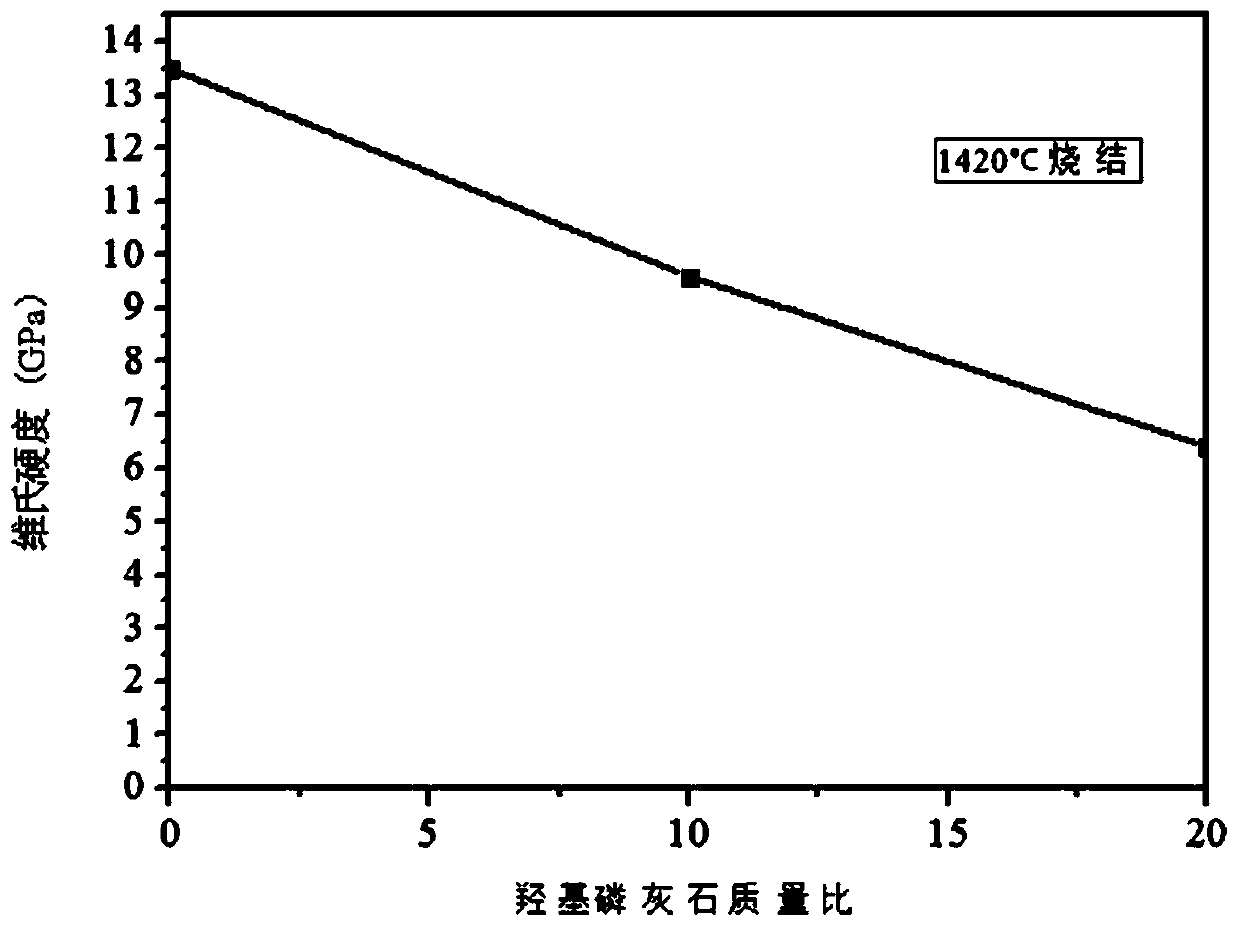A 3D printing zirconia-based denture material and its application
A 3D printing, zirconia-based technology, applied in the field of medical devices, can solve the problems of unsuitable for denture manufacturing, high cost of ceramic teeth, poor chemical stability, etc., to shorten the processing cycle, solve the effect of difficult processing and high hardness
- Summary
- Abstract
- Description
- Claims
- Application Information
AI Technical Summary
Problems solved by technology
Method used
Image
Examples
Embodiment 1
[0017] Step 1. Prepare zirconia slurry with 10g of zirconia ceramic powder (ingredient distribution ratio: 1wt.% 500nm, 1 wt.% 1μm, 98 wt.% 10μm), 5g polylactic acid, and 15g acetone.
[0018] Step 2, the zirconia slurry is loaded into the printer barrel and printed into the ceramic embryo of the denture; the STL file of the personalized denture is imported into the 3D printer control software; the software cuts the denture file into a G code path; the zirconia slurry The material is extruded according to the path of the denture to form the ceramic embryo of the personalized denture.
[0019] Step 3: Dry the printed denture model and volatilize excess acetone; after the acetone volatilizes, sinter. The sintering temperature curve is: 1°C / min to 400°C; 400°C for 2 hours, 1 °C / min to raise the temperature to the highest temperature of 1420 °C, keep the temperature at 1420 °C for 8 hours, cool the furnace to room temperature, and grind and polish the sintered denture.
[0020] S...
Embodiment 2
[0022] Step 1, 9g of zirconia ceramic powder (ingredient distribution ratio 1wt.% 500nm, 1 wt.% 1μm, 98 wt.% 10μm), 1g of hydroxyapatite ceramic powder, 5g of polylactic acid, and 15g of acetone were prepared to form a molding slurry.
[0023] Step 2, the molding slurry is loaded into the printer barrel and printed into a denture ceramic embryo; the STL file of the personalized denture is imported into the 3D printer control software; the software cuts the denture file into a G code path; the molding slurry follows the The path of the denture is extruded to form the ceramic embryo of the personalized denture.
[0024] Step 3: Dry the printed denture model and volatilize excess acetone; after the acetone volatilizes, sinter. The sintering temperature curve is: 1°C / min to 400°C; 400°C for 2 hours, 1 °C / min to raise the temperature to the highest temperature of 1420 °C, keep the temperature at 1420 °C for 8 hours, cool the furnace to room temperature, and grind and polish the sin...
Embodiment 3
[0027] Step 1, 8g of zirconia ceramic powder (ingredient distribution ratio 1wt.% 500nm, 1 wt.% 1μm, 98 wt.% 10μm), 2g of hydroxyapatite ceramic powder, 5g of polylactic acid, and 15g of acetone were prepared to form a slurry.
[0028] Step 2, the molding slurry is loaded into the printer barrel and printed into a denture ceramic embryo; the STL file of the personalized denture is imported into the 3D printer control software; the software cuts the denture file into a G code path; the molding slurry follows the The path of the denture is extruded to form the ceramic embryo of the personalized denture.
[0029] Step 3: Dry the printed denture model and volatilize excess acetone; after the acetone volatilizes, sinter. The sintering temperature curve is: 1°C / min to 400°C; 400°C for 2 hours, 1 °C / min to raise the temperature to the highest temperature of 1420 °C, keep the temperature at 1420 °C for 8 hours, cool the furnace to room temperature, and grind and polish the sintered de...
PUM
| Property | Measurement | Unit |
|---|---|---|
| particle diameter | aaaaa | aaaaa |
| Vickers hardness | aaaaa | aaaaa |
| Vickers hardness | aaaaa | aaaaa |
Abstract
Description
Claims
Application Information
 Login to View More
Login to View More - R&D
- Intellectual Property
- Life Sciences
- Materials
- Tech Scout
- Unparalleled Data Quality
- Higher Quality Content
- 60% Fewer Hallucinations
Browse by: Latest US Patents, China's latest patents, Technical Efficacy Thesaurus, Application Domain, Technology Topic, Popular Technical Reports.
© 2025 PatSnap. All rights reserved.Legal|Privacy policy|Modern Slavery Act Transparency Statement|Sitemap|About US| Contact US: help@patsnap.com



